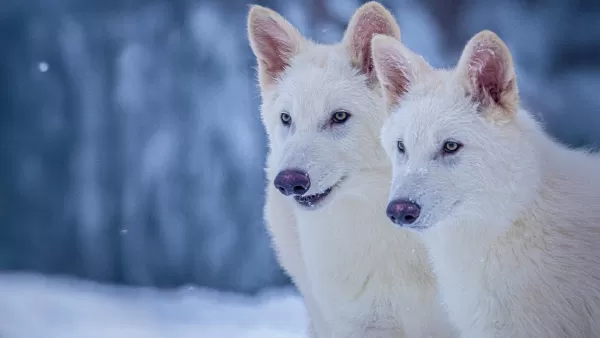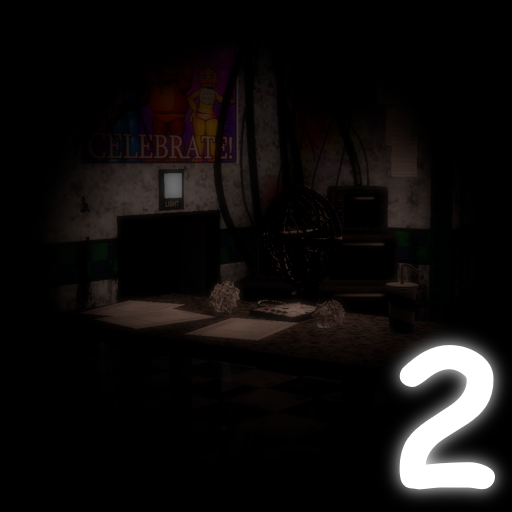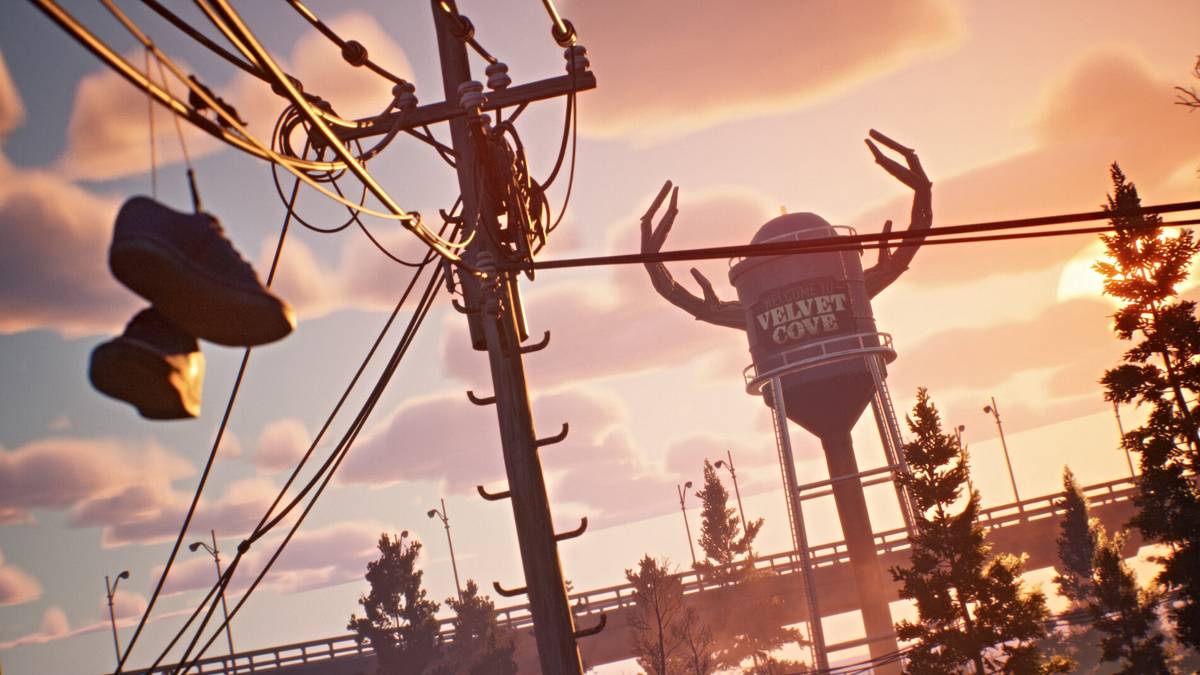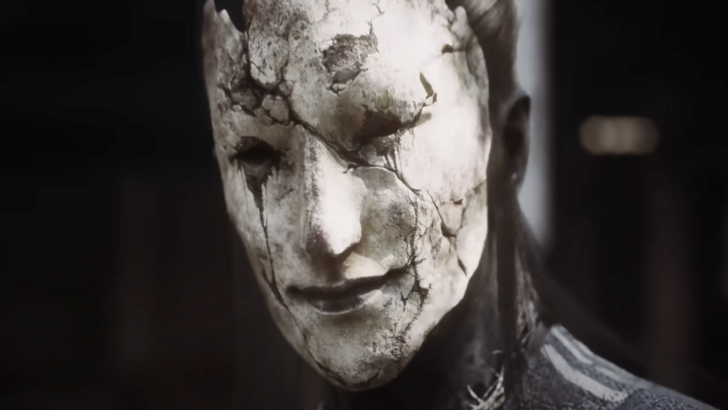Bringing a super-sized canine back from extinction after 12,500 years might sound like the plot of a thrilling movie filled with special effects, but it's become a reality thanks to the efforts of Colossal Biosciences. This biotech company has successfully revived the dire wolf, and now, three of these magnificent creatures—Romulus, Remus, and their younger sister, Khaleesi—reside in a secret location within the United States.
 Romulus and Remus at three months oldColossal Biosciences achieved this feat by combining the DNA of the common gray wolf with gene-editing techniques and using domestic dog surrogates to bring these dire wolves to life. The result is a trio of huge, white, and awe-inspiring animals, embodying the dreams of any true "Game of Thrones" fan.
Romulus and Remus at three months oldColossal Biosciences achieved this feat by combining the DNA of the common gray wolf with gene-editing techniques and using domestic dog surrogates to bring these dire wolves to life. The result is a trio of huge, white, and awe-inspiring animals, embodying the dreams of any true "Game of Thrones" fan.
“I could not be more proud of the team. This massive milestone is the first of many coming examples demonstrating that our end-to-end de-extinction technology stack works,” said Ben Lamm, CEO of Colossal.
“Our team took DNA from a 13,000-year-old tooth and a 72,000-year-old skull and made healthy dire wolf puppies. It was once said, ‘any sufficiently advanced technology is indistinguishable from magic.’ Today, our team gets to unveil some of the magic they are working on and its broader impact on conservation.”
 Romulus and Remus at one month oldThis isn't the first time Colossal Biosciences has captured headlines. Previously, they engineered a Colossal Woolly Mouse, designed to mimic the appearance of a mammoth, using computational analysis of 59 woolly, Columbian, and steppe mammoth genomes ranging from 3,500 to over 1,200,000 years old. Despite their achievements, the company faces criticism from those who argue that the dire wolves are essentially normal wolves in a more impressive disguise, as the existing dire wolf DNA isn't sufficient to create a true genetic clone.
Romulus and Remus at one month oldThis isn't the first time Colossal Biosciences has captured headlines. Previously, they engineered a Colossal Woolly Mouse, designed to mimic the appearance of a mammoth, using computational analysis of 59 woolly, Columbian, and steppe mammoth genomes ranging from 3,500 to over 1,200,000 years old. Despite their achievements, the company faces criticism from those who argue that the dire wolves are essentially normal wolves in a more impressive disguise, as the existing dire wolf DNA isn't sufficient to create a true genetic clone.
Colossal Biosciences' goals extend beyond social media buzz and the thrill of owning extraordinary pets. They aim to leverage their findings to help preserve current species for future generations.
“The de-extinction of the dire wolf and an end-to-end system for de-extinction is transformative and heralds an entirely new era of human stewardship of life,” said Dr. Christopher Mason, a scientific advisor and member of the board of observers for Colossal.
“The same technologies that created the dire wolf can directly help save a variety of other endangered animals as well. This is an extraordinary technological leap in genetic engineering efforts for both science and for conservation as well as preservation of life, and a wonderful example of the power of biotechnology to protect species, both extant and extinct.”
For the dire wolves, Colossal Biosciences has collaborated with the American Humane Society and the USDA to ensure their 2,000+ acre preserve meets the highest standards, and they have a dedicated team to look after these incredible animals.



















